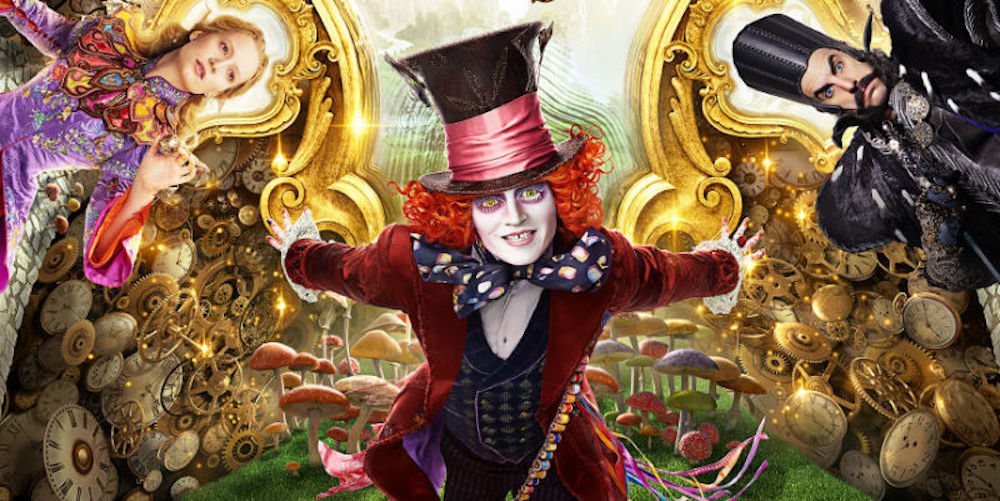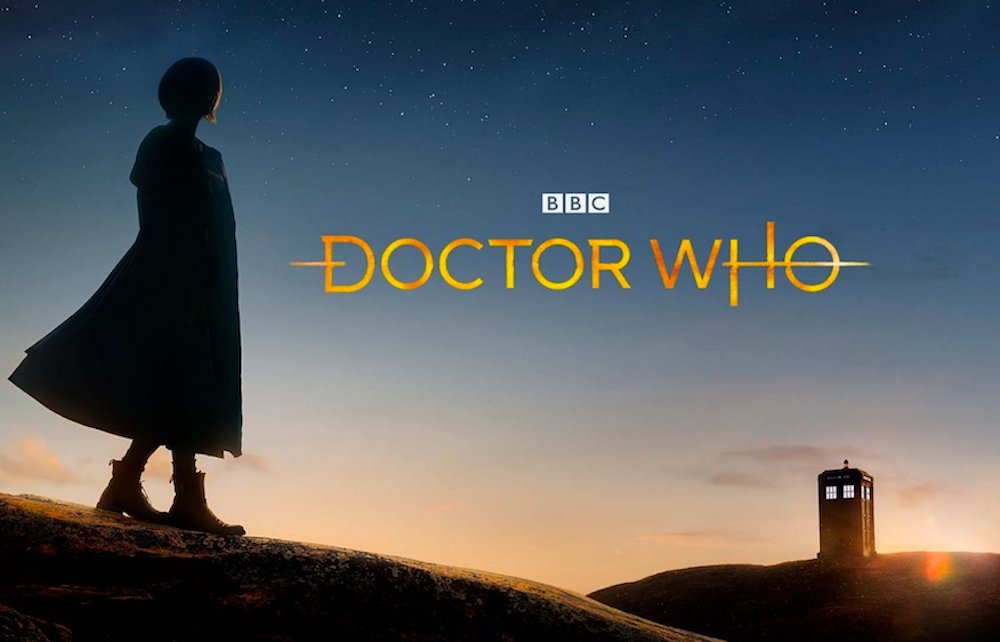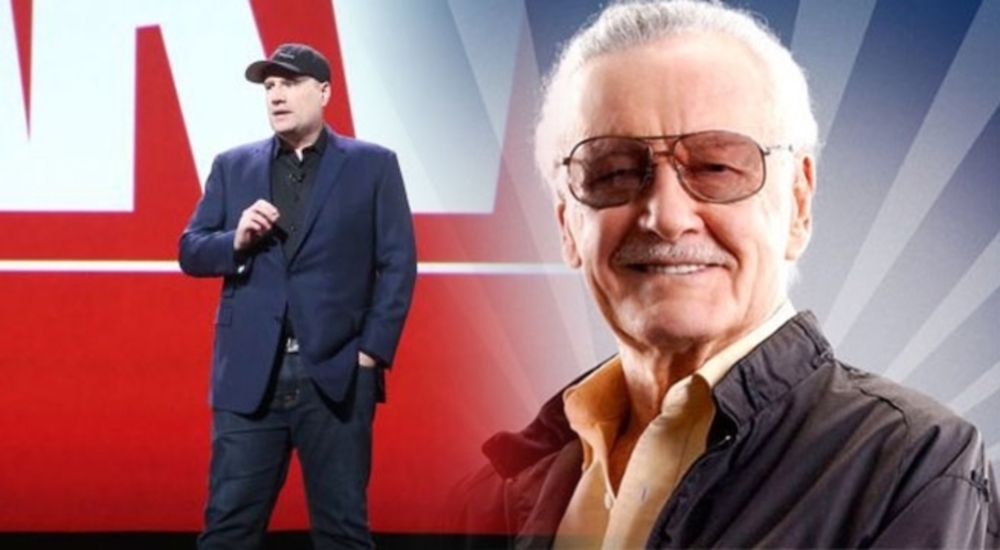Time travel is a very tricky thing to capture correctly on the big screen. Besides dealing with a ton of butterfly effect issues that you might encounter, you tend to write yourself into a corner when trying to correctly capture every problem that time travel creates. Many films have tried time travel and failed. Films like Masters of the Universe, A sound of Thunder, and Timeline fall really short of the mark when it comes to pulling off time travel the right way.

All is not lost though, films like Back to the Future, Terminator, and The Time Machine handle the time travel issue quite well. Coming Soon was able to sit down with Alice Through the Looking Glass director, James Bobin, to talk about the issues of using time travel in a film:
This film is a prequel and sequel… it’s very hard. Time travel movies are very hard… Luckily we have the license of it being Wonderland, which is kind of crazy, but helpful, because obviously, logic in films is always a nightmare anyway. Logic in a time travel film is 100 times that… [But] I wanted to have an idea that she couldn’t change the past. The past is the past. It’s been and done, and that’s not normal.
Normally in films, if you change the past, it affects the future, the fading photographs and stuff. That’s a normal trope with this. I liked the idea that she couldn’t change anything. She can’t help his wife from dying. She can’t do that. She couldn’t change the past, but she could observe it and then learn things that could help her solve the problem in the future. That, I thought, was a much more clever idea and that’s what I wanted to pursue with this.
This is an interesting idea to use in the film. By not letting Alice change anything you are saving her (and Bobin) from getting in over her head with tangle time webs of cause and effect. It will be interesting to see how the finished film will play out on the big screen.
Alice Through the Looking Glass hits theaters on May 27.
[display-posts posts_per_page=”5″ orderby=”title”]





